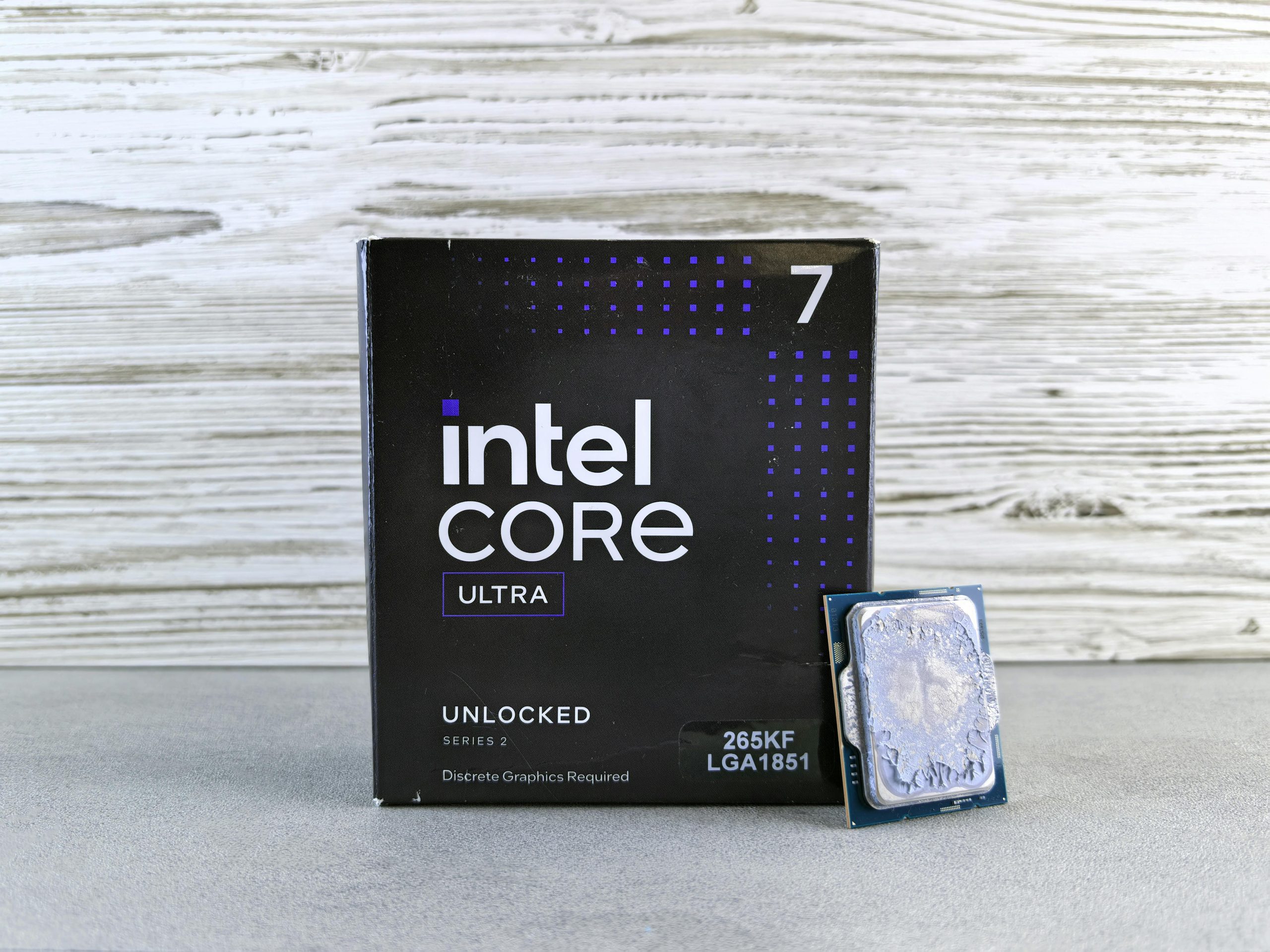Understanding High CPU Temperatures in the Lenovo Yoga 9 Pro with Core Ultra 9 185H
The Lenovo Yoga 9 Pro is renowned for its sleek design and versatile performance, making it a popular choice among professionals and tech enthusiasts alike. However, recent reports from users have highlighted persistent concerns regarding the thermal management of this device, particularly when equipped with the Core Ultra 9 185H processor and RTX 4050 GPU. This article aims to shed light on these issues, explore potential causes, and discuss troubleshooting approaches for affected users.
Overview of Reported Issues
Some users have observed unexpectedly high CPU temperatures even during minimal activity. Specifically, idle states have seen individual P-cores briefly spike above 100°C, which is well beyond standard operating parameters. Under typical gaming scenarios—such as playing Counter-Strike 2 or Call of Duty: Black Ops 6—the CPU temperature frequently fluctuates between 90°C and 100°C. Concurrently, the CPU package power consumption averages around 55 watts.
Furthermore, during stress testing, the CPU consistently maintained temperatures around 100°C, indicating possible thermal throttling or inadequate cooling capacity. Beyond these thermal concerns, users have also reported that normal desktop tasks like browsing the internet or streaming videos result in noticeable system stuttering—small freezes and hiccups that impair the overall user experience.
Potential Causes and Considerations
-
Thermal Design and Cooling Efficiency
The high temperatures suggest that the thermal management system—comprising heatsinks, fans, and thermal paste—may be under strain or not effectively dissipating heat generated by the high-performance CPU and GPU combination. -
Firmware and BIOS Configuration
In some cases, firmware settings or BIOS configurations can affect thermal regulation. Outdated BIOS versions may lack optimizations necessary for managing recent hardware components effectively. -
Environmental Factors
Ambient temperature and airflow conditions can influence cooling performance. Using the laptop on soft surfaces or in confined spaces may hinder heat dissipation. -
Hardware Anomalies
Manufacturing variances or hardware defects, such as insufficient thermal paste application or malfunctioning cooling fans, can exacerbate temperature issues.
Recommended Troubleshooting Steps
-
Update Firmware and Drivers: Ensure that the laptop’s BIOS, chipset, and graphics drivers are up to date. Lenovo periodically releases updates that optimize hardware performance and thermal management.
-
Monitor Temperatures and Load: Use trusted monitoring tools to observe CPU and GPU temperatures under various workloads. This can help identify patterns or anomalies.
-
Adjust Power Settings: Mod
Share this content:

